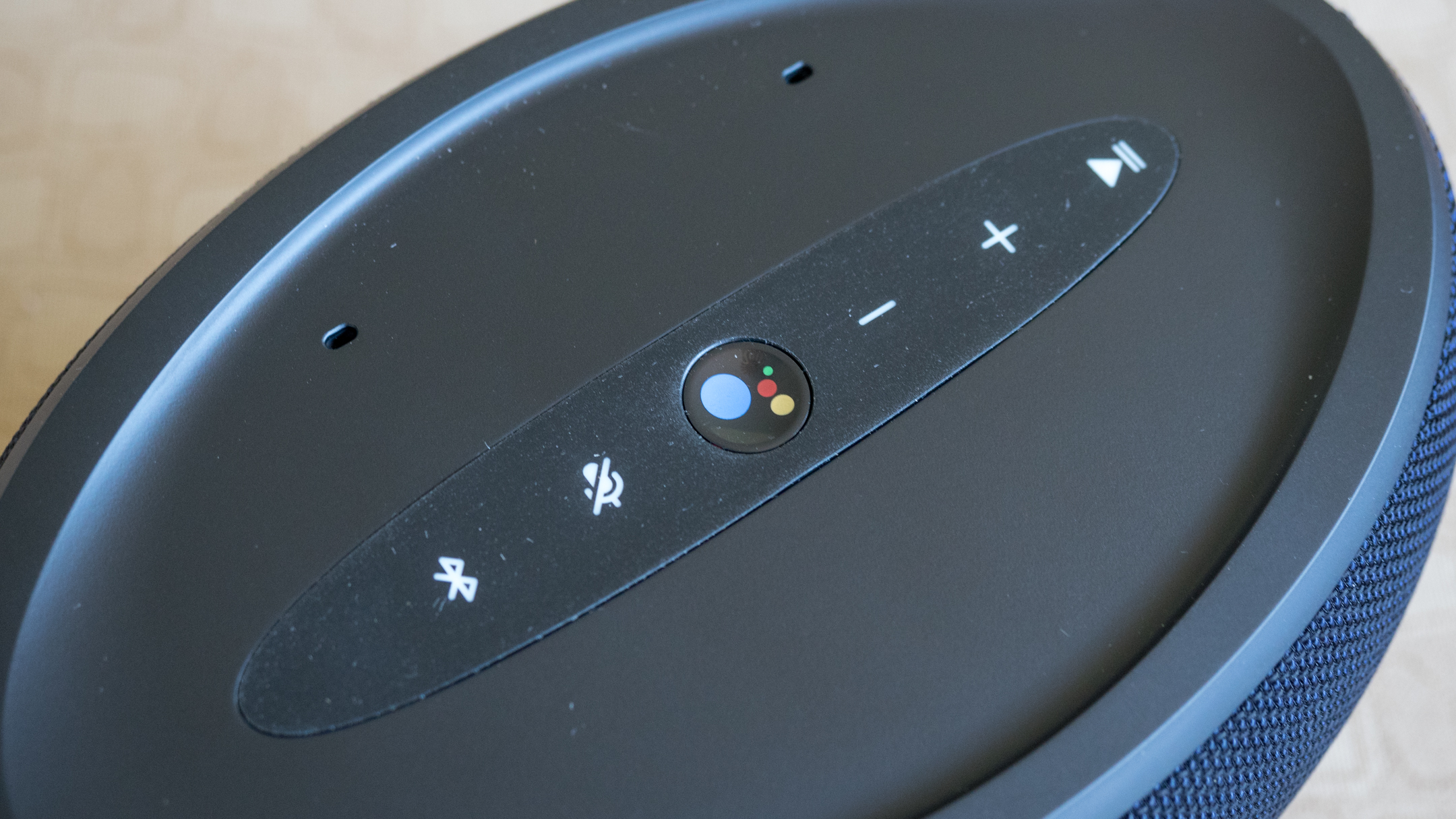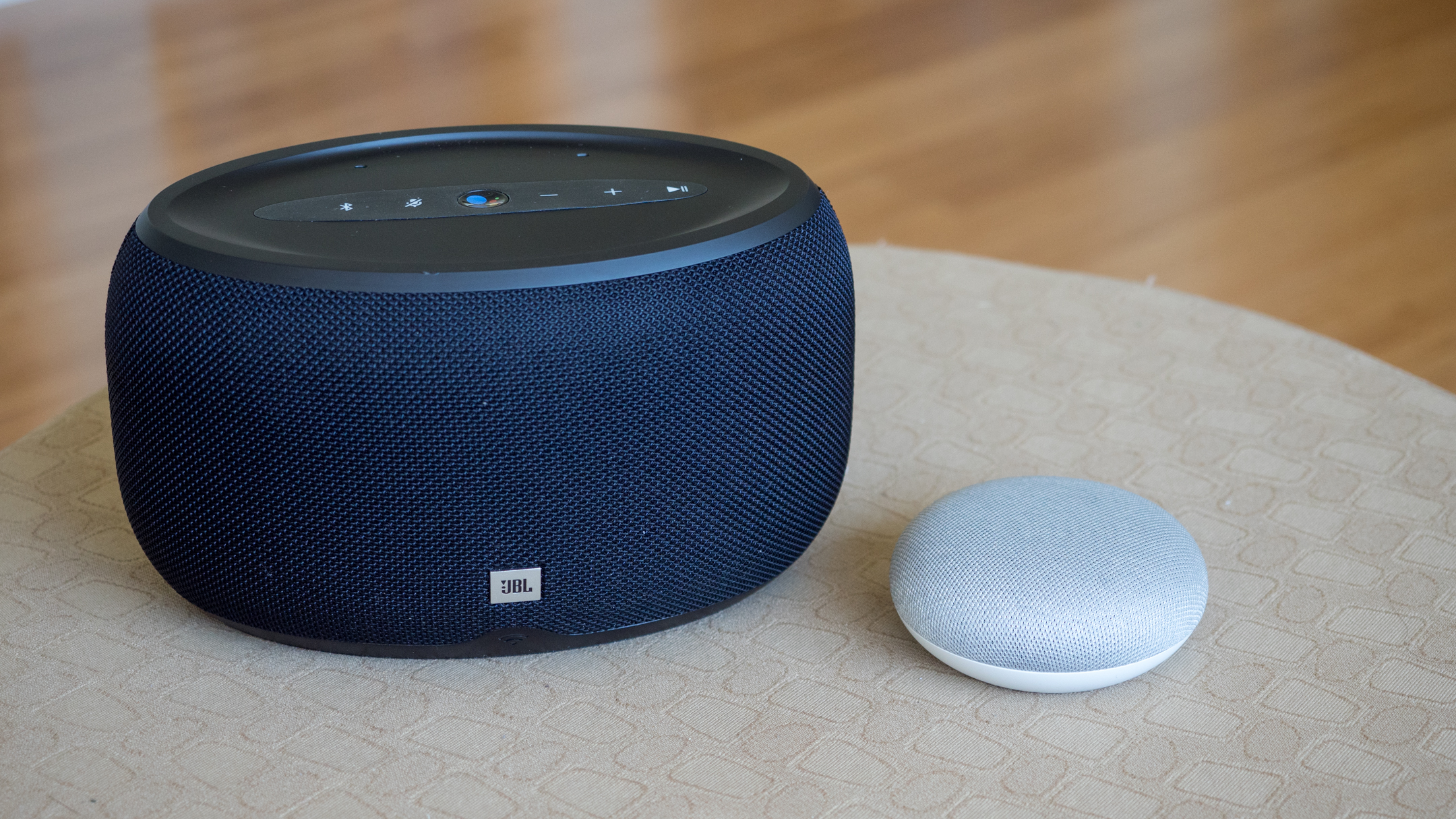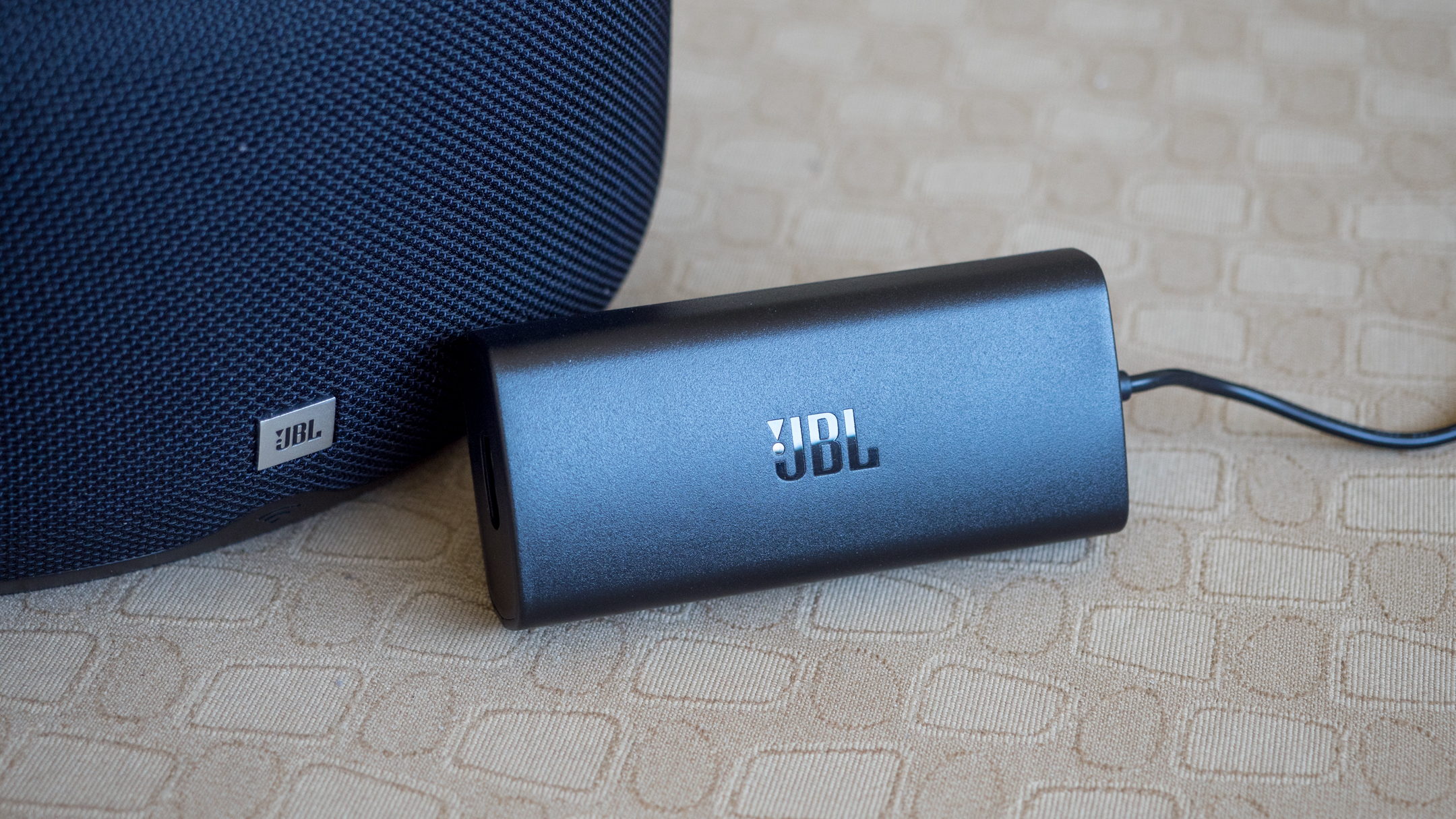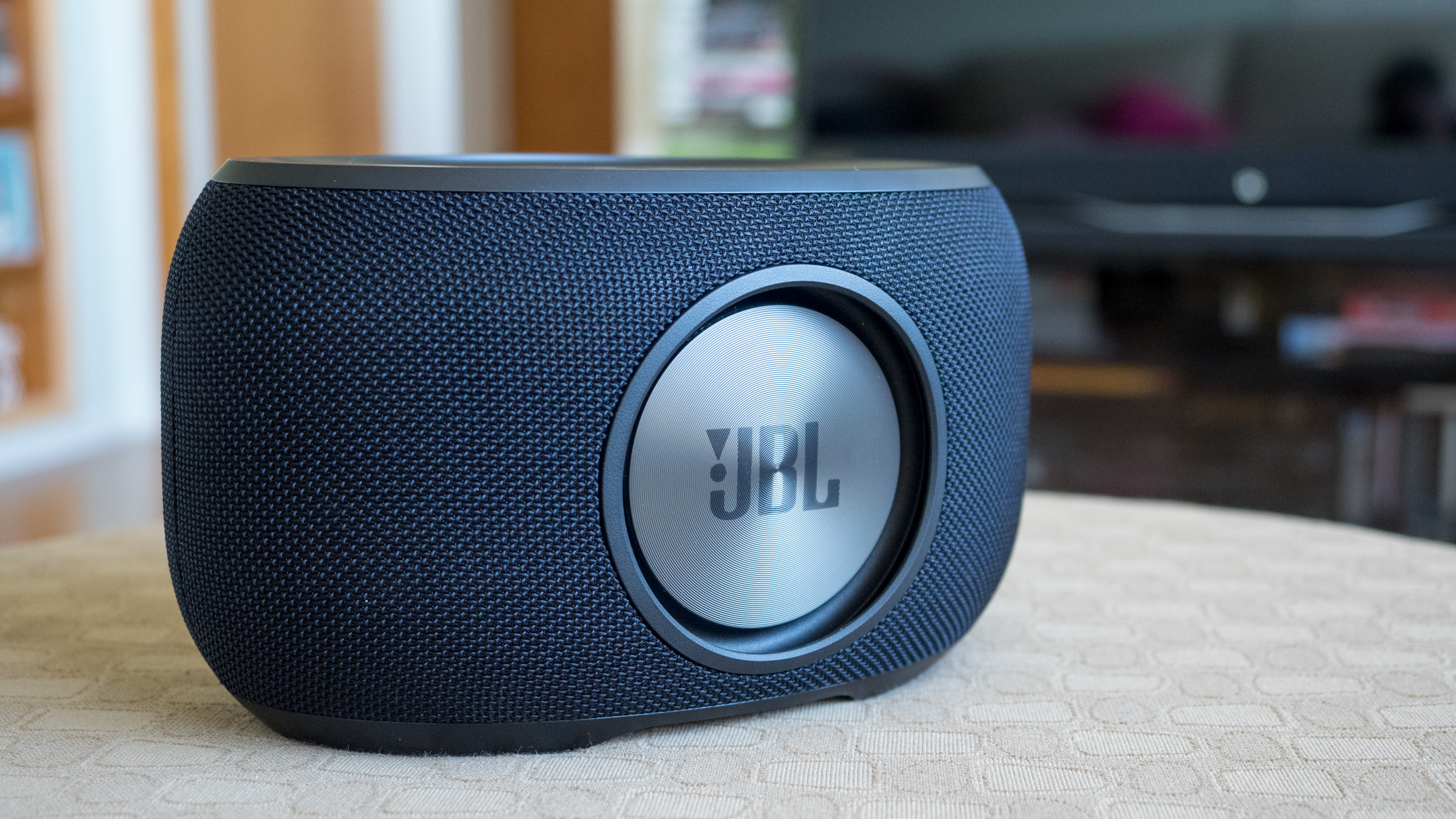TechRadar Verdict
The JBL Link 300 is a great sounding Google Home speaker that gets loud and pumps out loads of bass. While not everyone will like the warm tonal balance, the speaker represents good value compared to the competition. We hope Google and JBL can work to make its voice detection better via a software update.
Pros
- +
Gets loud and offers tons of bass
- +
Physical buttons
- +
Good value
Cons
- -
Tonal balance is too warm
- -
Can’t make calls
- -
Mediocre voice detection
Why you can trust TechRadar
The speaker industry is all-in on voice activated speakers and JBL is no exception. The audio company now offers its Link series of Google Home powered speakers which are great value compared to the competition.
Today we’ll be looking at the Goldilocks of the JBL Link speaker line, the JBL Link 300, which retails for $250 (£250, about AU$318). This speaker is smaller than the top of the line Link 500 and larger than the portable Link 10 and Link 20 speakers. While not portable, the JBL Link 300 is an excellent alternative to the expensive Google Home Max, which retails for $400 (around £300 / AU$510).
While the JBL Link 300 won’t give you audiophile sound, most people will enjoy its powerful bass response and warm sound. For its size, the Link 300 gets seriously loud and drops some serious bass. It’s not perfect but its flaws can be forgiven as it’s a great value compared to the competition.

Design
The JBL Link 300 features an all-black exterior with JBL’s signature cloth covering, which makes it look like a stretched out portable Bluetooth speaker.
Around the back is the Link 300’s exposed woofer, which we wished were on the front so we could see it vibrate to our music and is more visually interesting than its austere black grille. If you’re not a fan of the all-black color, you can get an all-white version instead.
On top of the JBL Link 300 you’ll find physical controls for Bluetooth pairing, mic mute, Google Assistant, volume control and a playback button. It’s nice to see physical buttons on a smart speaker as many competitors rely mainly on voice or gesture controls but sometimes a button is the simplest and quickest way to control a speaker.

One thing you should take note is that the JBL’s power supply is large, which makes it difficult to tuck away out of sight in some setups. However, the large power brick does make it easier to plug into the wall since it’s not a huge brick that takes up a couple of power outlets on a surge protector.
Sign up for breaking news, reviews, opinion, top tech deals, and more.
Performance
The JBL Link 300 gets very loud for its size and has no problem filling a room with sound. While not as powerful as its Link 500 sibling or the excellent-sounding Google Home Max, the Link 300 kicks out some serious volume and bass. However, there is a bit of distortion at max volume.
Speaking of bass, the JBL Link 300 definitely falls on the warm side of the audio spectrum, which means music features a bass and mid-bass bump with rolled off highs. The speaker sounds best playing back hip-hop, electronic, pop, and dance music. Jazz, vocal and classical music lovers will want to check out the Sonos One or Apple HomePod instead.

Soundstage is predictably narrow since the JBL Link 300 plays in mono. You’ll have to step up to the JBL Link 500 if you want stereo playback. (However, it’s not impossible for a mono-speaker to have a wide soundstage; the Riva Arena provides a better sense of space than the Link 300, even though it’s also mono-only.)
One area we were disappointed by was the JBL Link 300’s voice recognition and lack of voice calling. When playing music loudly, we had to shout at the speaker to get it to recognize a command, especially if we weren’t speaking in the direction of the speaker. It’s frustrating when we’ve seen how good voice recognition can be with the Apple HomePod. Even the Sony LF-S50G has better voice recognition. We hope Google and JBL can improve its voice recognition and enable voice calling via a software update in the future.

Verdict
The JBL Link 300 is the sweet spot in the company’s Google Home speaker line. For the money, you get a good-sounding speaker that gets loud, drops serious bass and features handy physical controls. Its design may be forgettable, but that’s forgiven since the speaker works so well.
The speaker isn’t perfect though, and we’d like to see JBL and Google address them in the future. Voice recognition is average, as we have to shout at the speaker when music is playing loudly. There’s also no way to make voice calls currently, which is something that the cheaper Google Home and Google Home Mini can do out of the box.
Up against competitors, the Sonos One offers more balanced sound, but only supports Amazon Alexa at the moment. The company promises to bring Google Assistant support to the speaker in 2018, but the feature hasn’t appeared yet.

